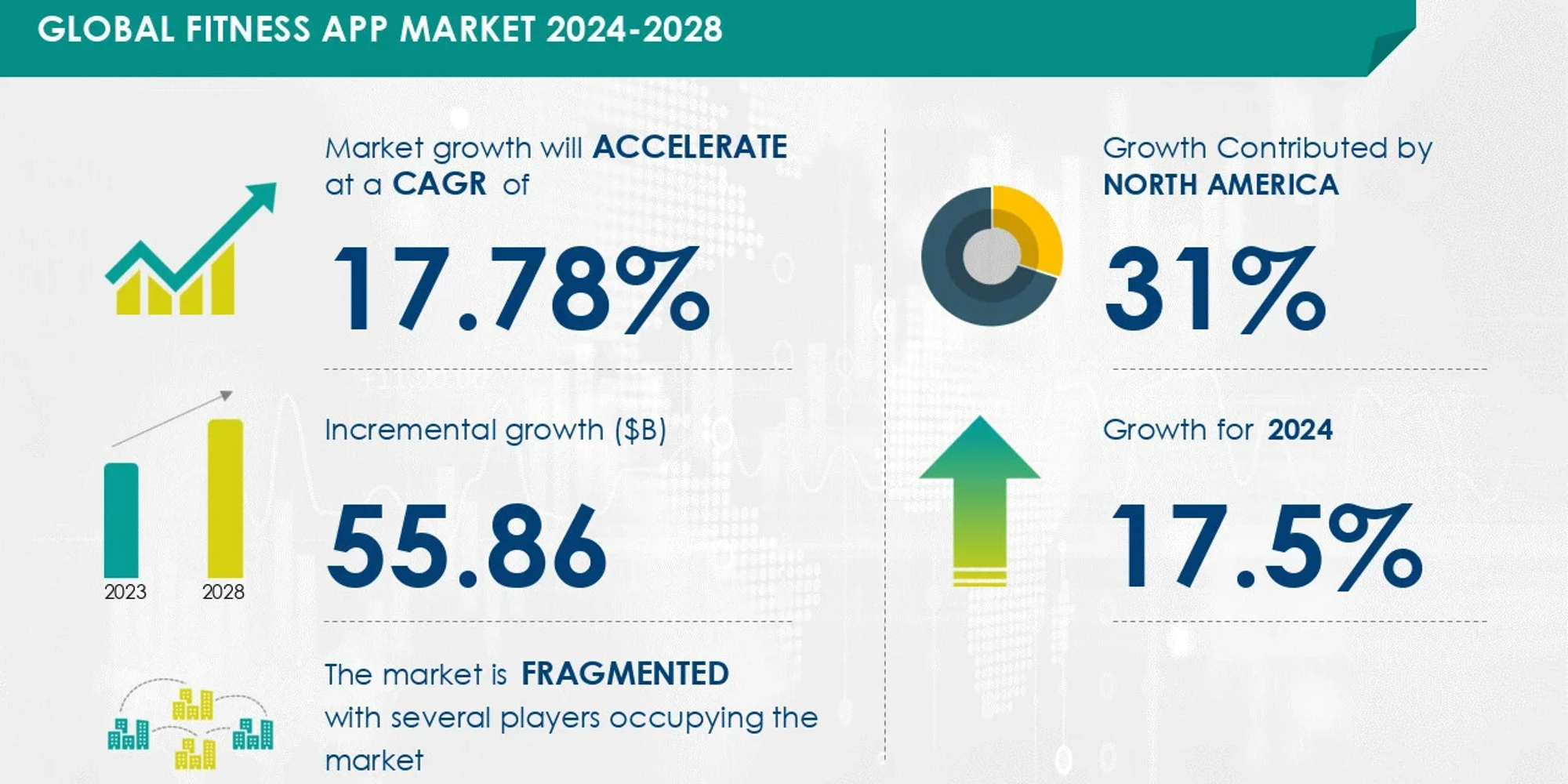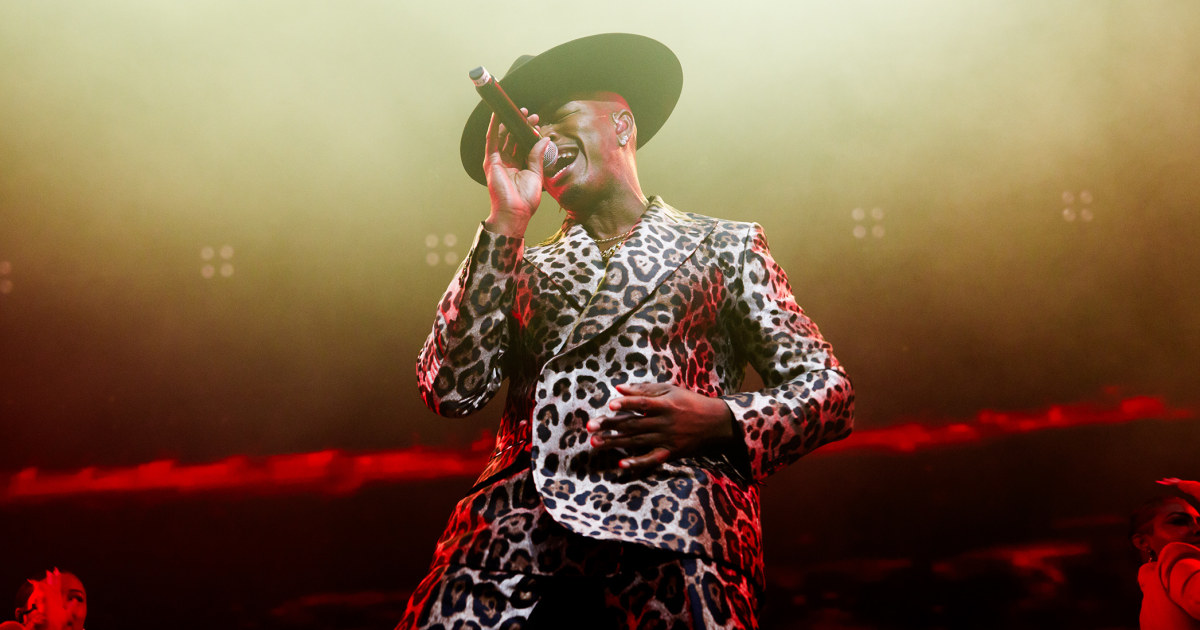Tech
Forget The iPhone 16, Apple Has Something Much Better

Updated July 21 with new design details of the upcoming iPhone SE.
With the launch of Apple Intelligence, Apple is ready to join the world of AI-first smartphones. While the iPhone 16 Pro will be the workhorse, Tim Cook and his team will ensure the iPhone 16 can match the same promise. But a better iPhone is waiting in the wings that offers value for money, new hardware, and the power of artificial intelligence to Apple’s faithful consumers… the next-generation iPhone SE
New iPhone Pro on display during an Apple special event (Photo by Justin Sullivan/Getty Images)
The iPhone SE has always been popular, offering the benefits of Apple’s ecosystem and hardware in an attractivly priced smartphone. The tone was set in 2016 with the first iPhone SE based around the iPhone 5S design, the second in 2020 based around the iPhone 8, and the third in 2022 based around the same iPhone 8 design but offering the same chipset as the then-current iPhone 13.
An iPhone SE for 2025 will be just as popular, arguably even more popular than previous models, given the ever-rising price of the Pro iPhones.
Regarding specifications, we’re probably looking at an iPhone 14 form factor, but smaller than the Vanilla and Pro models, which many will welcome. After all, not everyone wants a huge slab of a smartphone. Given the three-year gap between this SE and the previous iteration, you can expect many of Apple’s hardware improvements to be included; there is potential for a larger 48-megapixel main camera, the first use of the notched display in an SE, and for the same fast-charging battery technology expected for the iPhone 16.
The biggest advance may be in the display. While previous SE models have shipped with cheaper and less vibrant LCD panels, the 2025 edition should also have an OLED display.
Customers are shopping for the iPhone 15 (Photo by Costfoto/NurPhoto via Getty Images)
Update: Sunday July 21.
While the iPhone SE designs have always harkened back to previous models, they have stayed relatively fresh thanks to Apple’s iterative design process that rarely makes any significant jumps in design.
9to5Mac reports that the iPhone SE design could take on a modern look and echo the same rear design as the iPhone 16. Any new iPhone SE will have key identifying features such as the vertically stacked camera and notched screen:
“…In other words, the back sides of both devices may be largely indistinguishable from each other. This isn’t a huge surprise, as CAD renders earlier this year indicated that the upcoming iPhone SE 4 would be the largest SE model yet, with a form factor that mostly resembles the iPhone 14.
There’s also a significant point to consider. The iPhone 16’s twin camera lens arrangement is moving to a vertical arrangement to allow for stereoscopic video recording when held in landscape… video that would be suitable for watching back in 3D on the Vision Pro. Apple is looking to push this out to the iPhone 16 family, and it makes sense that the next iPhone SE will be part of that push.
Apple iPhones are taken out of a shipping box at a Verizon store (Photo by George Frey/Getty Images
The iPhone 16, by its nature, has been a compromised device in the past. Apple places the latest and greatest technology available to the company on the Pro models, which will be the iPhone 16 Pro and iPhone 16 Pro Max this year. There has always been a balancing act to keep the vanilla iPhone 16 with a high enough specification to be considered a good enough iPhone while leaving enough space to create the demand for a more expensive Pro model.
In previous years, this has involved using a previous generation of Axx chipsets, reducing the storage options for consumers, and keeping the memory specifications as low as possible. That’s no longer the case, as the need to support generative AI demands the latest Apple Silicon and higher memory to allow for as much processing on a local device as possible.
If the iPhone SE is to support Apple Intelligence, it will need the same base specifications as the iPhone 16, especially in terms of Apple Silicon. Having the iPhone SE sport the same chipset as the main line has happened before, and it’s more than likely to happen with this generation as well.
After all, if AI is the future, then Apple Intelligence needs to be everywhere. And if it is to be everywhere, then it must be supported by the iPhone SE.
pple CEO Tim Cook delivers remarks at the start of the Apple Worldwide Developers Conference (Photo … [+]
There is also the question about the generative AI timetable. The ostentatiously branded Apple Intelligence was previewed at last month’s Worldwide Developer Conference and will play its part in iOS 18. However, while iOS 18 will be available to the public when the iPhone 16 and iPhone 16 Pro launch in September, the critical AI componets are not scheduled to appear until the first quarter of 2025.
Apple’s community may be looking for an ‘AI boom’ on iPhone 16 sales as one of the first AI-enabled iPhones, but there’s no sign in the supply chain that Apple is planning to increase the order book. If Apple is waiting until the first quarter of 2025 to kick off the revolution, would it not be better to wait until then to see what shape that revolution will be?
Attendees watch a video presentation during the Apple Worldwide Developers Conference (Photo by … [+]
If you want the extra power and the full capability of the iPhone platform, you’re going to go for the iPhone 16 Pro or iPhone 16 Pro Max, and there’s not much point looking at any other iPhone. If you are looking to maximise your value for money, the iPhone SE will be the better deal than the iPhone 16, and thanks to the late arrival of Apple Intelligence, there’s no huge benefit in buying your next iPhone before then.
Now read the latest iPhone, iPad, and App Store headlines in Forbes’ weekly Apple Loop news digest…









